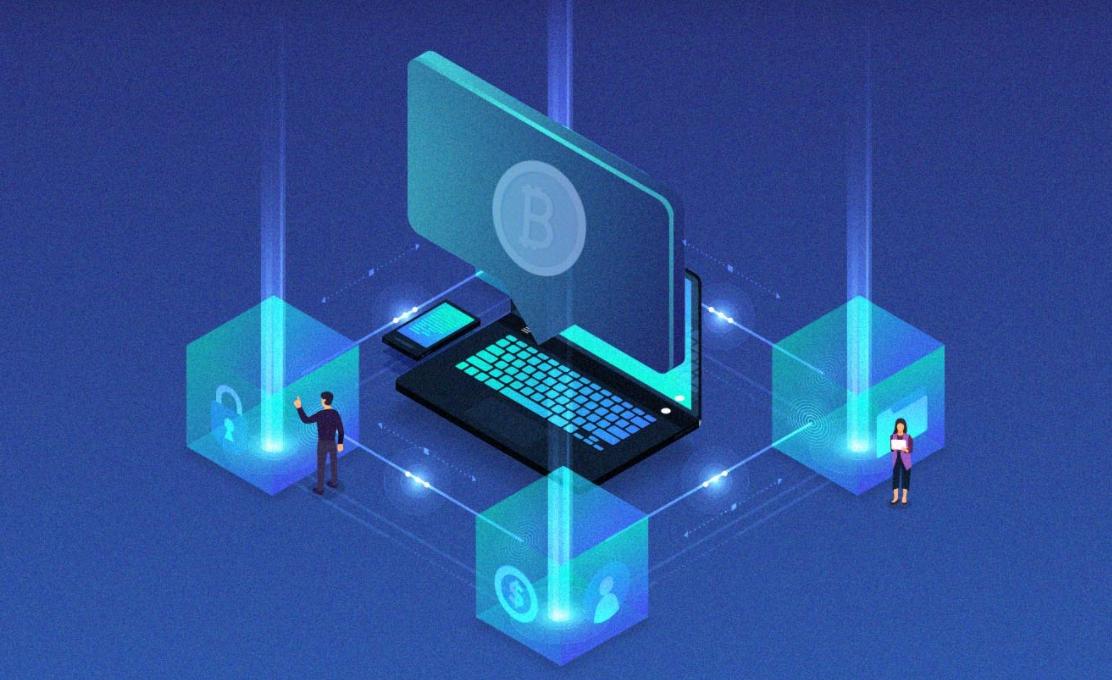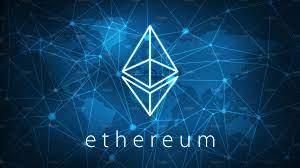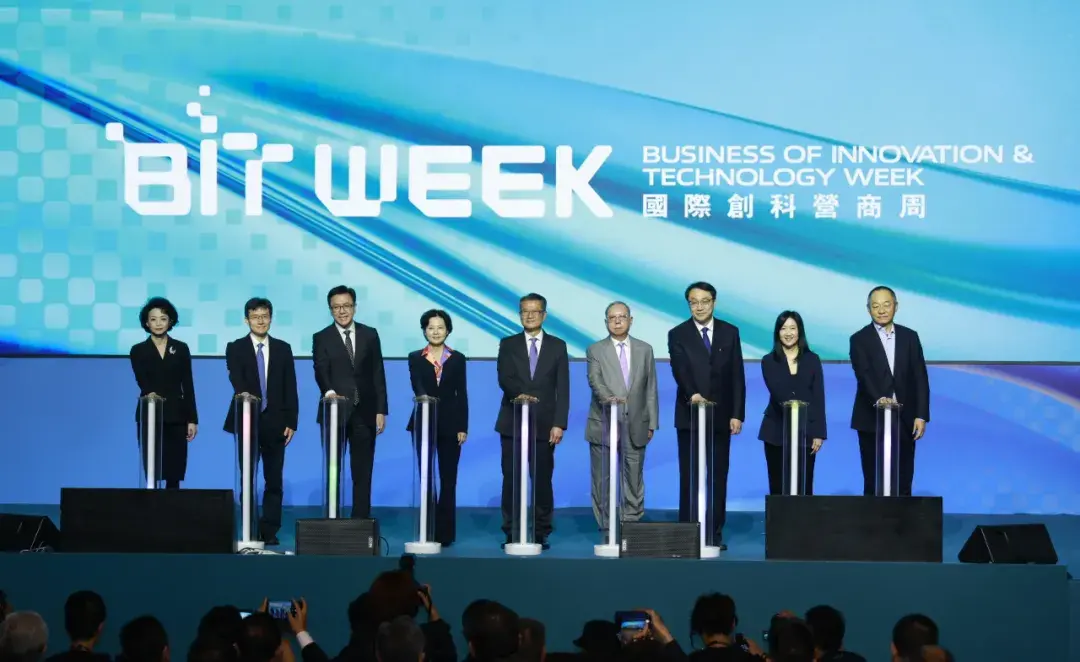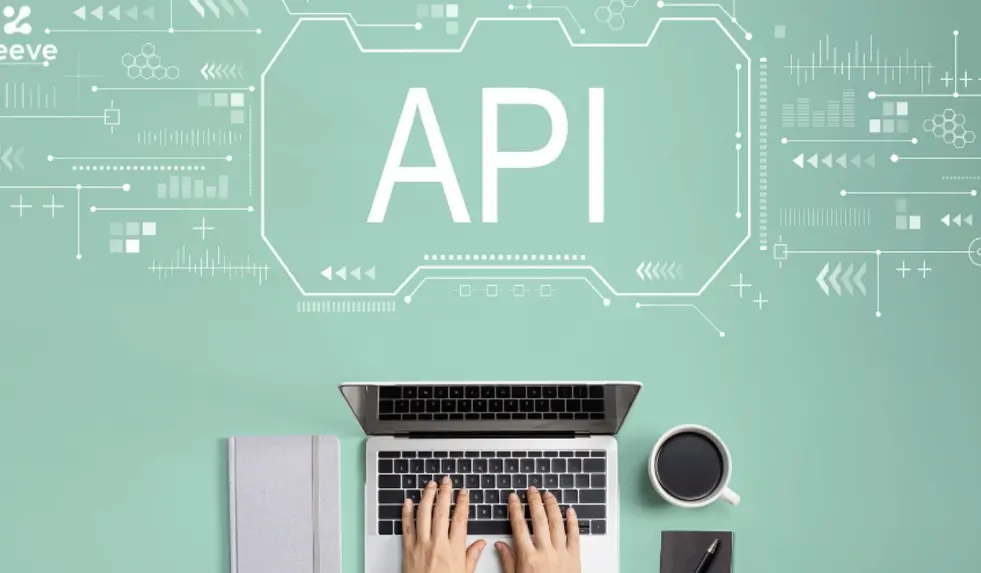On the Justice of Web3 Systems from the Perspective of the "Veil of Ignorance"
Author: DAOrayaki
Web3 is considered one of the most powerful narratives in the movement towards a better and fairer internet. Specifically, supporters of Web3 envision a world where users can reclaim power from a few exploitative, centralized institutions, and where anyone with an internet connection can participate in a fair playing field.
However, the original intention of Web2 was similar, promising to empower individual creators and eliminate the interference of intermediaries, yet this promise has not been fulfilled. Now, standing on the brink of a new era of the internet, we should ask ourselves: Has Web3 truly democratized opportunity? If not, how should we better design platforms and governance systems to promote fairness?
A thought experiment proposed by social and political philosopher John Rawls in his seminal 1971 work "A Theory of Justice," known as the "veil of ignorance," provides a useful framework for these questions. Rawls argues that when constructing the foundation of an ideal society, we should imagine ourselves not knowing what position we will occupy within it; in other words, we should adopt the veil of ignorance. A just society is "one that you would be willing to join in a random manner if you knew everything about it." Rawls adds:
An important feature of this situation is that no one knows their place in society, their class position, or social status, nor do they know their luck in the distribution of natural assets and abilities, such as intelligence, strength, and so on. I even assume that parties do not know their conception of the good or their particular psychological propensities.
Rawls' thought experiment is particularly relevant to our current situation, as we stand at a turning point that the veil of ignorance envisions. Web3 offers the opportunity to build a brand new internet from scratch, even a new economic system. Therefore, the question becomes: What kind of internet should we create?
Some might argue that Web3 is still young and that these issues will resolve themselves over time. However, the questions of impact and externalities were delayed too long in the design of Web2, resulting in consequences such as election manipulation and widespread vaccine misinformation. Some indicators suggest that early design choices in Web3 are replicating or exacerbating inequalities seen in Web2 and the real world.
If we want Web3 to fulfill its promise of substantially improving the circumstances of everyone in the ecosystem, rather than just a few at the top, we need to design it according to principles that can achieve this goal.
How do we decide what is fair?
For centuries, philosophers and thinkers have debated how to best allocate resources among participants in society. The body of thought dedicated to answering these questions is known as "distributive justice," and there are different schools of thought within this discipline:
Strict egalitarians argue that the only just system is one of absolute equal distribution of resources; in other words, everyone should have the same amount of material wealth. This principle is rooted in the belief that everyone is morally equal and thus should have equal opportunities to obtain material goods and services.
Luck egalitarians believe that what matters is equality of starting points, and any subsequent inequalities can be justified by individual merit.
Classical liberals argue that individual freedom should be the only consideration, and any efforts to redistribute resources infringe upon that freedom.
Utilitarians believe that the most just system is one that maximizes the total happiness and welfare of all participants. Under utilitarianism, wealth redistribution is desirable because each dollar has a greater impact on improving the welfare of the poor than on the wealthy.
These theories of justice share two equally important but often conflicting values: freedom and equality. In a society where all actors are completely free, significant inequalities are likely to arise, as individuals have different motivations and ways of acting in the pursuit of wealth. Conversely, in a completely equal society, freedom is restricted because individuals cannot act in any way that results in their being unequal to others, even if that inequality is achieved through hard work or skill.
Using the reasoning of the veil of ignorance, Rawls proposed his own theory of distributive justice, known as "justice as fairness." It consists of two parts: the principle of maximum equal liberty and the difference principle. The principle of maximum equal liberty provides all citizens with equal rights and freedoms, to the greatest extent compatible with the same liberties for others. Justice requires that everyone enjoys equal rights.
The difference principle states that any social or economic inequalities that exist in society must meet two conditions. First, they must "be attached to positions and offices that are open to all under conditions of fair equality of opportunity." Social positions, such as jobs, should be open to everyone and distributed based on merit. In other words, a person's prospects for success should reflect their level of talent and willingness to utilize that talent, rather than their social class or background. Second, any existing inequalities should benefit the least advantaged members of society to the greatest extent possible. This is a profound principle. According to this principle, it is acceptable for doctors to earn more than janitors because this pay differential incentivizes doctors to pursue their profession and ensures that janitors (and others) can receive quality medical care when they are sick.
Rawls' theory is intricately detailed, and in short, it is unique in addressing the core tension between freedom and equality. By requiring that inequalities benefit the least advantaged, Rawls establishes a natural corrective mechanism for rampant inequalities that may arise in a system that prioritizes freedom.
This balance between freedom and equality makes Rawls' theory an attractive philosophical framework for the internet. It provides builders with returns for their contributions, which is necessary to incentivize smart, ambitious individuals to establish themselves within the ecosystem. At the same time, it imposes a responsibility on these builders and the entire ecosystem to construct in a way that creates opportunities for participants in less favorable circumstances.
Assessing the current internet against the principles of justice as fairness
To what extent does the current internet adhere to Rawls' principles? In many ways, the Web2 internet has expanded opportunities and exists under conditions closer to Rawls' difference principle than the world before the internet. Prior to the internet, opportunities to participate in various industries were limited to a few gatekeepers, ranging from movie studios to record labels. The internet and social media platforms have made it possible for anyone to engage in content creation and distribution, leading to more creators achieving success.
However, you do not have to look far to find evidence that the Web2 internet has fallen short in other respects. Just consider a few examples of how Web2 platforms suppress equality and violate the difference principle: gig economy platforms generate billions of dollars in revenue, while frontline workers providing services can only earn poverty wages and are excluded from decisions that affect their lives. Social media companies and media platforms amplify misinformation through algorithms and harm vulnerable communities, earning billions from advertising revenue.
Creator funds on platforms often reward those creators who have the most views and interactions, leading to income concentration among those who already have abundant revenue sources, while failing to expand opportunities for less affluent aspiring creators. We have previously written about how the original sin of the internet was its failure to implement payment functionality, leading to the exploitative ad-based business models that now define the Web2 economy.
But it is not just Web2 platforms that have failed to meet Rawls' standards; the current form of Web3 also exacerbates inequalities. Web3 projects often issue crypto tokens as digital representations of value. Early token distribution methods have led to unsustainable dynamics, rewarding those who increase network value through actual usage rather than speculators.
Some play-to-earn games have implemented dual-token systems, where users can earn income but lack governance power, increasing the risk of wealth inequality, much like workers in the current economy receiving wages but lacking equity, exacerbating wealth disparities. Business writer Ivan Armstrong points out strong similarities between some current NFT projects and multi-level marketing schemes, where later entrants into the ecosystem cannot achieve the same level of success as early adopters due to the design of the system.
How to ensure Web3 adheres to the principles of justice as fairness
We have seen that both the Web2 internet and early versions of Web3 have fallen short in ensuring a free and fair competitive environment for the least advantaged. So, what would an internet that meets Rawls' standards look like? Some general counter-principles are beginning to emerge:
Do not build systems that only benefit the wealthy, because what if you are poor?
Do not build systems that overly favor early adopters, because what if you did not participate in those networks that provided you with early knowledge?
Do not build systems that require extremely high technical skills to succeed, because what if you lack the talent or resources to learn those skills?
Guided by these counter-principles, builders and participants in the Web3 ecosystem can ensure alignment with Rawls' ideas about liberty, equality, and the difference principle in three ways: first, by promoting self-determination and agency; second, by rewarding participation, not just capital; and third, by incorporating initiatives that benefit marginalized groups.
Promoting self-determination and agency
One of the main principles of Web3 is the concept of self-determination: unlike Web2 platforms, where a small group of founders, executives, and shareholders hold all the power, Web3 communities will be controlled by their members. This aligns with economist Albert O. Hirschman's "exit-voice-loyalty" model, which describes the choices individuals have when organizations and states face dissatisfaction. Ideally, on Web3 platforms, users can voice their concerns to try to change their circumstances; exit to new platforms; or wait for the situation to resolve out of loyalty.
However, the current reality is more complex. Early governance structures have essentially implemented token-weighted voting, resulting in oligarchic systems that are not much different from the boards they were supposed to correct. The problem with oligarchic systems, whether they occur in boards or DAO Discord channels, is that those in power are likely to care only about their own interests.
To align the future of Web3 with Rawls' principles of justice, participants and builders in the Web3 ecosystem need to advocate for democratic governance systems that give all members a voice, rather than just a select few. Everyone should have equal rights in the participatory system.
There are other governance systems that can counteract oligarchic structures, such as:
Reputation-based governance: granting greater governance power to those with higher reputations.
Delegation: enabling community members to nominate others to vote on their behalf.
Pods / subDAOs: smaller groups within an organization whose governance scope can be limited to their specific tasks.
An example of a project intentionally diversifying its member base is Mirror's $WRITE token airdrop, which is used to register custom subdomains on the platform and will be used for governance participation in the future. To expand the user base that can influence governance, tokens are distributed according to algorithms aimed at maximizing representation from different social groups. According to Mirror, this airdrop "further democratizes the selection process and expands the criteria for inclusion… The expansion of the Mirror community will be determined by those who have had the most significant impact on its formation to date."
In addition to the importance of voice—the ability for people to change the system from within through governance—participants also need a viable exit path. Web2 platforms enforce user loyalty through network effects and closed data, making it difficult for creators to exit without losing their connection to their audience or content. Web3 offers the opportunity to build systems that promote user agency and self-determination through true digital ownership, open data, and networks built on open-source software. For example, YakiHonne, YakiHonne.com is a decentralized long-form content media protocol built on Nostr, supporting various users to curate their media frontends and distribute and reward content based on open Relay subscriptions.
Rewarding participation, not just capital
One of the core philosophical tenets of Web3 is that the ways to provide value in the ecosystem are not limited to capital, and that this value should be attainable through effort, not just purchase. This represents a fundamental separation from existing structures, where those with capital earn more from investments than people do from their labor, leading to a widening wealth gap.
Distributing ownership to participants also marks a significant shift from the way existing platforms are built, where meaningful ownership belongs to employees and investors, but not to the content and contributions of users that make these platforms valuable.
An important step in aligning Web3 with the principles of justice as fairness is ensuring that everyone is on equal footing and can gain power or rewards through their talents and contributions. The current reality is that those within the right knowledge networks can increase their wealth through strategies like Sybil Farming (creating multiple accounts) to gain additional token airdrops.
While early token distributions often incentivize short-term employment behaviors, such as participating in mining and then exiting for higher returns a few days later, we have the opportunity to iterate and improve processes to support long-term retention and sustainability of the network. One way is to earn ownership through ongoing participation in the network, not just capital investment. Some projects that expand access to ownership through active contributions include RabbitHole, Layer3, DoraHacks, BanklessDAO, and FWB.
Incorporating initiatives that benefit marginalized groups
The difference principle is based on the idea that inequality itself is not inherently bad. Under the condition of fair equality of opportunity as a prerequisite, inequality is still an inevitable result of people's innate abilities and their desire to work hard to earn money. However, when inequality arises, do these arrangements benefit those who are less fortunate in society?
Applying this principle in the tech space is challenging. But consider the following questions: Do the algorithms of current social networks promote content that maximizes the benefit for the most unfortunate? For creator funds that pay content creators, does this inequality in payment based on views and engagement maximize benefits for the most unfortunate among its users? The answer is likely no.
Top creators have many ways to monetize and can maintain their output without being affected by creator fund payments, while the most unfortunate may be unable to participate in content creation due to financial constraints.
The difference principle is crucial for the democratization of Web3, as participants will enter this ecosystem with different timelines, backgrounds, income levels, and technical proficiency and access. Many projects are already leveraging cryptocurrency to maximize the welfare of the most unfortunate.
For example, SuperHi is a profit-driven creative education platform that plans to distribute ownership to its members and instructors while expanding access to creative careers through basic income projects. DAOrayaki has conducted research and reporting on more equitable funding for creators through decentralized funding rather than distributing funds to top creators.
Projects like Proof of Humanity and ImpactMarket aim to use blockchain technology to provide basic income to those in need. Communities like LaborDAO are utilizing building blocks to enhance worker power, while other communities like she256, We3, and Komorebi Collective focus on increasing diversity in the blockchain space.
In addition to projects that explicitly have social good as their mission, all Web3 networks should be incentivized to adhere to the difference principle and maximize benefits for the most unfortunate, as this approach can attract new participants and drive further network effects. A just network is one that participants are willing to enter at any time, from any location, and at any token level.
A fair and just internet is possible
Web3 provides an opportunity for meaningful correction—reimagining the internet and building new platforms from first principles. But to do this, we need to reach a consensus on what principles should be and why these principles should be established. Rawls' principles of justice provide a useful starting point. Without fully understanding where our positions will be, our goal should be to design new systems rooted in fairness and care.
DAOrayaki is a community-owned, perpetually existing decentralized media protocol. By building key media components, it supports various media to freely curate, create, publish, and report. We welcome submissions for curation and funding on topics related to DAO, Web3, quantum computing, interstellar migration, and more.










